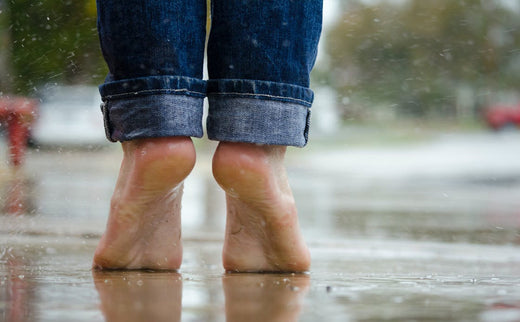
Best Fashionable Shoes for Plantar Fasciitis Sufferers
It can be very challenging to find shoes when you suffer with plantar fasciitis, a condition that causes pain near the heel, particularly if you still want to look chic and not like you're wearing prescription shoes.
While we do recommend that a podiatrist or physical therapist assesses your feet and movement patterns before you buy, these are our favourite shoes from the Calla range, with all the features you need to make walking with plantar fasciitis more bearable:
Best Low Heel Shoes for Plantar Fasciitis
Winner: Claudia Low Heel Leather Shoes
Pros:
- 1.3 inch / 3.5 cm heel
- Cushioned and arch supported insole
- Kid leather upper and lining
- Handmade in Portugal by master shoemakers
- Available in a range of colours
Best Summer Shoes for Plantar Fasciitis
Winner: Maria - White Mix
Pros:
- 2cm heel
- Arch supported and cushioned insole
- Leather upper and lamb leather lining
- Handmade in Portugal by master shoemakers
Best Trainers for Plantar Fasciitis
Winner: Extra Wide Fit Trainers
Pros:
- Extra wide fit
- Perfect for swollen feet
- Cushioned arch
- Supportive insole
- Fully lined toe box (no seams)
- Wider toe box
- Laces to adjust forefoot width
Best Flat Shoes for Plantar Fasciitis
Winner: Lucinda Flat Leather Shoe
Pros:
- Cushioned and arch supported insole
- Leather upper and lining
- Handmade in Portugal by master shoemakers
- Available in a range of colours
Best Warm Winter Boots for Plantar Fasciitis
Winner: Abbie - Black Nubuck Leather
Pros:
- 4cm platform sole
- Cushioned and arch supported insole
- Hidden stretch panel
- Faux fur leather lining
- Cow's leather upper
- Non-slip sole
- Handmade in Portugal by master shoemakers
Best Stylish Sandals for Plantar Fasciitis
Winner: Ruby Flat Sandals
Pros:
- 1 cm heel
- Cushioned and arch supported insole
- Kid leather upper and lining
- Handmade in Portugal by master shoemakers
- Available in a range of colours
Best Mid Heel Shoes for Plantar Fasciitis
Winner: Mary Jane Heel Shoe
Pros:
- 2 inch heel (5.5 cm)
- Arch supported and cushioned insole
- Leather upper and lamb leather lining
- Handmade in Portugal by master shoemakers
- Available in 2 shades of black
Best High Heeled Shoes for Plantar Fasciitis
Winner: Lydia High Heel Shoes
Pros:
- Ultimate comfortable occasion shoe
- 3.5 inch heel
- Pointed toe with a vamp that comes high up
- Lamb leather upper and lining
- Cushioned and arch supported insole
- Non-slip sole
- Handmade in Portugal by master shoemakers
- Available in a range of colours
Best Everyday Shoes for Plantar Fasciitis
Winner: Saturn - Navy Patent Leather & Suede
Pros:
- 3 cm platform sole
- Cushioned and arch supported removable insole
- Leather upper
- Synthetic stretch lining
- Designed to conceal even large bunions
- Handmade in Portugal by master shoemakers
Best Slip on Shoes for Plantar Fasciitis
Winner: Freya - Deep Navy suede
Pros:
- 1 cm heel for comfort
- Cushioned and arch supported insole
- Velvet upper
- Leather lining
- Designed to conceal even large bunions
- Handmade in Portugal by master shoemakers
Don't see what you want? Browse our entire range.
Step into Comfort Without Sacrificing Style
Foot pain, especially from plantar fasciitis, isn’t simply a physical nuisance; it’s a problem that can affect your mood, focus, and productivity.
While many options claim to offer relief, finding footwear that eases discomfort and complements a sophisticated wardrobe is a precise process requiring deeper understanding.
With the right insights, you can discover solutions that seamlessly combine therapeutic support and polished style.
No more painful feet halfway through the day, no more nights massaging away your heel pain, just beautifully cushioned wide women's shoes designed to relieve your aches, not add to them (and made from exceptional quality materials too).
Why the Right Footwear Will Change Your Life
Shoes influence more than how you walk - they determine how you feel at the end of a long day. Poorly designed pairs worsen plantar fasciitis by overloading the ligament running along the bottom of your foot. Footwear that addresses the root cause alleviates strain and restores your freedom to move confidently throughout your day.
Summary of Plantar Fasciitis Causes
Here is a summary of the proven causes of plantar fasciitis:
- Aging
- High Intensity Activities
- Obesity
- Genetics
- Supinating
- Hard Flooring
What Happens with Poorly Designed Shoes?
- Flat or unsupportive soles force your fascia to overextend, increasing inflammation and pain.
- Heels lacking shock absorption transmit pressure directly into your heel, intensifying the stabbing sensation associated with plantar fasciitis.
Benefits of Thoughtful Choices
- Pressure Distribution: High-quality midsoles balance weight across the foot to reduce stress on pain-prone areas.
- Anatomically Designed Arch Support: Footwear featuring built-in orthotics cradles the arch to prevent the ligament from stretching too much with each step.
- Stabilized Motion: Anti-pronation technology, often incorporated into athletic and dress styles, ensures proper alignment from heel to toe, reducing strain.
Takeaway: Wearing well-engineered options can transform what feels like an exhausting marathon into a manageable, pain-free stride - whether you're rushing between meetings or exploring new cities.
What is Plantar Fasciitis?
Plantar refers to the bottom of the foot.
- The Plantar - The Plantar is the name given to the sole, which is easy to remember because we put all of our weight on our feet.
- Fascia - This is the fibrous tissue that connects bones and other bodily parts.
- Plantar Fasciitis - It’s defined as a band of fibrous tissue that runs the length of the bottom of the foot and connects the heel bone to the toes.
The integrity of the Fascia, which works as a body stabilizer, is critical. That’s because our bodies’ weight is centred on the soles of our feet. Its springy characteristics produce a bounce-back effect, similar to that of shock absorbers in a car, providing a smooth ride and effectively protecting our bodies from ground forces when we run or walk.
The body has little protection from the impact of walking or running after the Fascia’s shock-absorbing qualities are damaged or rendered useless owing to injury. The body is compelled to endure the stress and strain of those harsh, unforgiving earth forces directly. This affects the feet and the rest of the body, from the legs to the back and neck.
Symptoms of Plantar Fasciitis
Plantar Fasciitis is characterized by a number of symptoms, which can be:
- Morning Hobble
- Morning Heel Pain
- Recurrent Morning Pain
- Pain after Prolonged Periods of Rest
- Contracted Fascia
- Subsiding Pain
Morning Hobble
When you first wake up and walk in the morning, your bodyweight presses down on your plantar fasciitis, which can feel like a dry old rubber band stretched too far. This causes you to unnaturally walk as you try to relieve the pain and discomfort in your feet’s bottoms.
Morning Heel Pain
The discomfort you feel when you first get out of bed in the morning is the first sign of plantar fasciitis. As soon as your foot touches the floor, there’s that sudden pain in your heel. Or there can be a dull discomfort that extends down the bottom of your foot to your toes.
Recurrent Morning Pain
It’s no secret that the pain tends to return like clockwork every morning. This morning soreness will gradually worsen over time, and you’ll notice that stretching out the Fascia will take considerably longer every morning. Plus, it will become more challenging over time.
Pain after Prolonged Periods of Rest
It can also flare up after sleeping, but it’s also likely to happen after extended periods of sitting or inactivity. This is because the Fascia prefers to contract when the foot is at rest. As a result, the pain cycle continues as you get up to walk, just as it did when you initially woke up.
The pain also tends to get worse as time goes by.
Contracted Fascia
It may feel as if the bottoms of your feet are cramped, almost hyper-extended, when you first start walking after sleeping or resting. This is because the fascia bands have tightened to the point that they cannot extend and flex naturally under your body’s weight.
Subsiding Pain
Plantar Fascia pain might make standing and walking difficult at first, but it will lessen in your morning routine after some time. This is due to your Fascia Band gradually stretching out and releasing its hyper-contracted state. You might not even think about it again until the following morning when it happens again.
Key Features to Look for in Pain-Relief Footwear
Finding the right shoes that work with—not against—your foot structure involves focusing on these critical features:
1. Elevated Support Without the Bulk
Effective plantar fasciitis relief incorporates reliable support systems in a lightweight, discreet design. Look for aspects like:
- Thermoplastic Urethane (TPU) Shanks: These provide structural integrity, preventing over-flexing of the sole.
- Dual-Density Foam Layers: This combination cushions underfoot while adding stability to reduce excessive movement.
For instance, modern ankle boots with hidden orthotic insoles provide both aesthetic appeal and reliable support. A mid-block heel can even offer slight elevation to relieve pressure on the heel bone.
Example: A slim Chelsea boot with a shock-absorbing sole and reinforced arch support can pair seamlessly with tailored trousers, allowing you to stay stylish and comfortable during back-to-back meetings.
2. Materials That Respond to Your Foot’s Needs
The materials used significantly impact your comfort and recovery. Fabrics should strike a balance between durability and flexibility:
- Knit Uppers: These stretch naturally to accommodate swelling while offering breathability, making them ideal for warmer climates.
- Full-Grain Leather: This premium material molds to your foot over time, providing a personalized fit while maintaining a polished look.
- Gel or Memory Foam Insoles: These adapt to the unique contours of your feet, offering immediate relief and long-lasting cushioning.
Tip: Avoid rigid or cheap synthetic materials that trap heat and cause friction, worsening symptoms like heel tenderness.
3. Functional Designs That Don’t Compromise Aesthetic Appeal
There’s no reason to settle for shoes that are either stylish or supportive. Today’s designs use innovative techniques to blend style with functionality:
- Pumps with hidden EVA midsoles look elegant while absorbing shock with each step.
- Sneakers featuring streamlined silhouettes pair comfort with versatility, suiting both business-casual attire and weekend outings.
- Flats with reinforced toe boxes provide ample room without sacrificing a sleek profile.
Real-world Application: A pointed-toe ballet flat with contoured arch support and padded heel counters can elevate your outfit without the sting of plantar fasciitis.
Expert Tips for Selecting the Perfect Pair
When shopping for pain-relief footwear, a strategic approach ensures you make an informed choice:
1. Shop According to Your Routine
Your daily activities should guide your priorities:
- For commuting: Opt for lightweight loafers with removable insoles that can accommodate custom orthotics.
- For standing or walking extensively: Seek sneakers with multidirectional tread patterns for superior traction and stability.
- For formal settings: Heels no higher than 2 inches with shock-absorbing platforms are both functional and sophisticated.
2. Evaluate Support Systems
Test the insole by pressing your thumb into the arch area—it should feel firm yet flexible. Avoid shoes with overly soft insoles, as they lack the necessary structural support to combat plantar fasciitis.
3. Choose Adjustable Features
Buckles, Velcro straps, or elastic gussets allow you to customize fit, ensuring the shoe hugs your foot snugly without pinching or pressure points.
Pro Insight: Calla integrates discreet adjustment systems into our designs, offering flexibility without sacrificing elegance.
Unproven Causes
These are unproven causes of Plantar Fasciitis:
- Natural Fascia Band Thickening
- Heel Spurs
- Weight-bearing activities
Natural Fascia Band Thickening
The Fascia Tissue can thicken over time if it is wounded and re-injured, which is a natural occurrence throughout your life. But this isn't a cause of PF.
Heel Spurs
Heel Spurs are calcium deposits on the bottom of the heel bone that form a bony protrusion. They’re not the same condition as Plantar Fasciitis, even if they are usually associated with it. They are more common in people who already have Plantar Fasciitis, and many with heel spurs don’t even know they have them as these people don’t experience heel spurs-induced pain.
Weight-Bearing Activities
Walking and carrying hefty weights will invariably put greater weight and pressure on the Plantar Region. In general, weight-bearing tasks are only for very brief periods, as opposed to being obese, when extra weight is constantly carried when standing, walking, and running.
While Heel Spurs, Fascia Band Thickening, and Weight-Bearing Activities have all been suggested as potential reasons, none have been proven to have a direct, significant link to the beginning or progression of Plantar Fasciitis.
Research Backed Causes of Plantar Fasciitis
According to research, the following factors can cause Plantar Fasciitis:
- High-Intensity Activities
- Obesity
- Aging
- Hard Flooring
- Supinating
- Genetics
High-Intensity Activities
Beginning a strenuous activity that causes more significant pounding pressure on the foot, such as aerobic gym classes, running on the pavement, military activities, or even Irish dancing, can cause Plantar Fasciitis. The explanation for this is that the Fascia band hasn’t had enough time to adjust to the new stress. Pain and inflammation will develop due to the overuse of any untrained muscle in the body.
Obesity
Overweight people are 1.4 times more likely to develop Fascia discomfort. This is because the Plantar Region supports your entire body weight throughout the day.
Obesity puts more weight and pressure on the fascia band, putting the Plantar region under a lot of strain. The Fascia stretches to its maximum under the body’s weight over time, eventually developing microscopic rips and micro-tears. As Fascia has become injured and weakened, pain ensues.
Aging
Degenerative changes are inevitable as our bodies age. Between the ages of 45 and 65, the suppleness of the Fascia decreases significantly, affecting its shock-absorbing capacity. This reduction also makes the Fascia more vulnerable to traumas like rips and microtears.
Plantar Fasciitis affects older athletes more than younger athletes, with severe stabbing pains in the heels being the most common complaint.
Hard Flooring
A link has been shown between Plantar Fasciitis and long periods of standing at work.
This action can either cause or exacerbate pain and discomfort in the Fascia Tissue. Restaurant and factory workers who spend their days walking on hard surfaces or standing on hard concrete floors are particularly vulnerable.
Supinating
Supinators are people with flat feet. Plantar Fasciitis is more common among them than in people with higher arches.
When you have flat feet, your fascia bands are fully extended and lack the flexibility to bounce back and walk more softly. Any additional tension placed on this vital area will have an immediate impact.
Genetics
A combination of genetic and environmental factors can cause Plantar Fasciitis.
Some inherited genes make an individual more prone to Muscle Contractions. A contraction occurs when tendons and tissues shorten and harden, such as the Fascia Band. The band’s suppleness is lost when it retracts and sets, making injuries more likely.
Plantar Fasciitis Pain
A stretched fascia can be as achy as any other over-extended ligament in the body. It develops micro tears when a rubber band is stretched to its utmost, just like the Plantar Fascia band. Micro-tears and rips can form, causing a great deal of pain and irritation.
Is There a Cure for Plantar Fasciitis?
Plantar Fasciitis is still incurable, and so treatment of the symptoms is the only way sufferers can find relief.
Most of these therapies are designed to relieve inflammation, extend the Fascia band gradually, offer proper arch support beneath the feet, or counteract the Fascia’s contraction when sleeping.
Some sufferers turn to their chiropractor or primary care physician for assistance. On the other hand, most Primary Doctors will just confirm the disease and then provide common home remedies that you can find online.
Only a small minority of people will be advised that their pain has evolved to the chronic stage when it is resistant to therapy. These individuals will be sent to an Orthopedist for further consideration.
Here are some Orthopedic options:
-
Shock-Wave Therapy
Plantar healing is accelerated with the application of sound waves.
Pain, numbness, tingling, swelling, and localized bruising are some of the possible side effects. -
Platelet-Rich Plasma Injections
For precise pain treatment, these injections are guided by cutting-edge Ultrasound Technology. -
Steroid Injections
Used to relieve discomfort temporarily. They may weaken the plantar fascia band over time, causing it to rupture. -
Surgery
The Fascia Band is separated from the heel bone. -
Tenex Procedure
Plantar Fasciitis scar tissue can be removed with a non-surgical, minimally invasive technique.
Only a tiny percentage of people choose surgical treatment after visiting an Orthopedist. This is because surgery comes with its own perils that might lead to other issues, such as reducing underneath support and weakening the arches.
The good news is that conservative home remedies, such as wearing a decent pair of store-bought Insoles and properly fitting, supportive shoes for all your everyday activities, may fix 90% of all Plantar Fasciitis cases within a year.
Empower Your Step - Practical Solutions for Every Occasion
Plantar fasciitis doesn’t have to limit your style. By choosing options with precision-engineered support, premium materials, and adaptable designs, you can alleviate discomfort and elevate your overall experience. Whether you need ankle boots for busy days or flats for casual outings, the right footwear empowers you to move confidently through every chapter of your day.












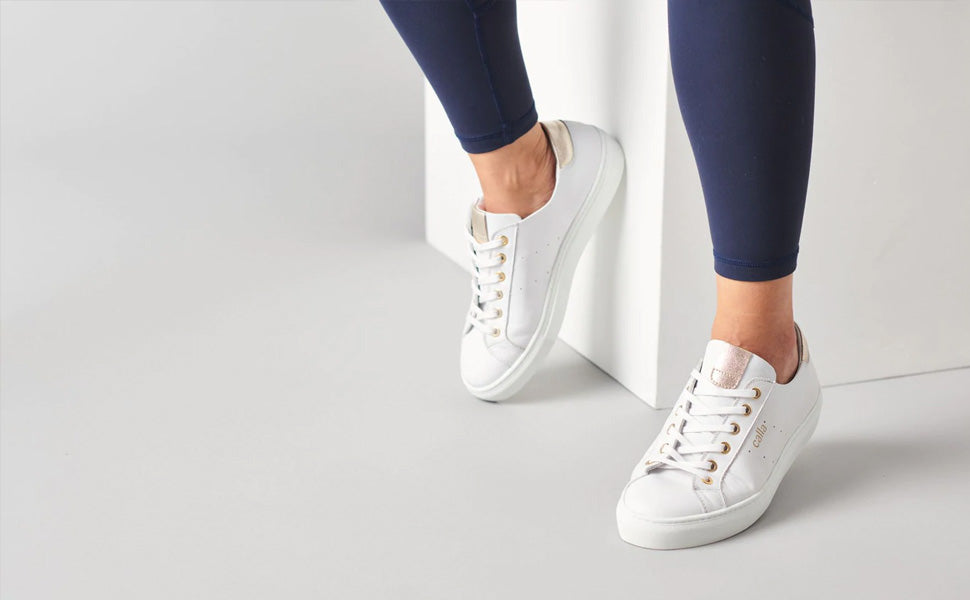
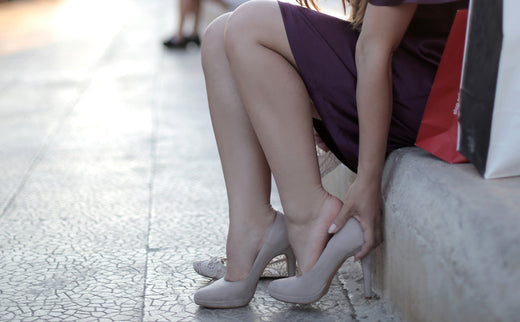
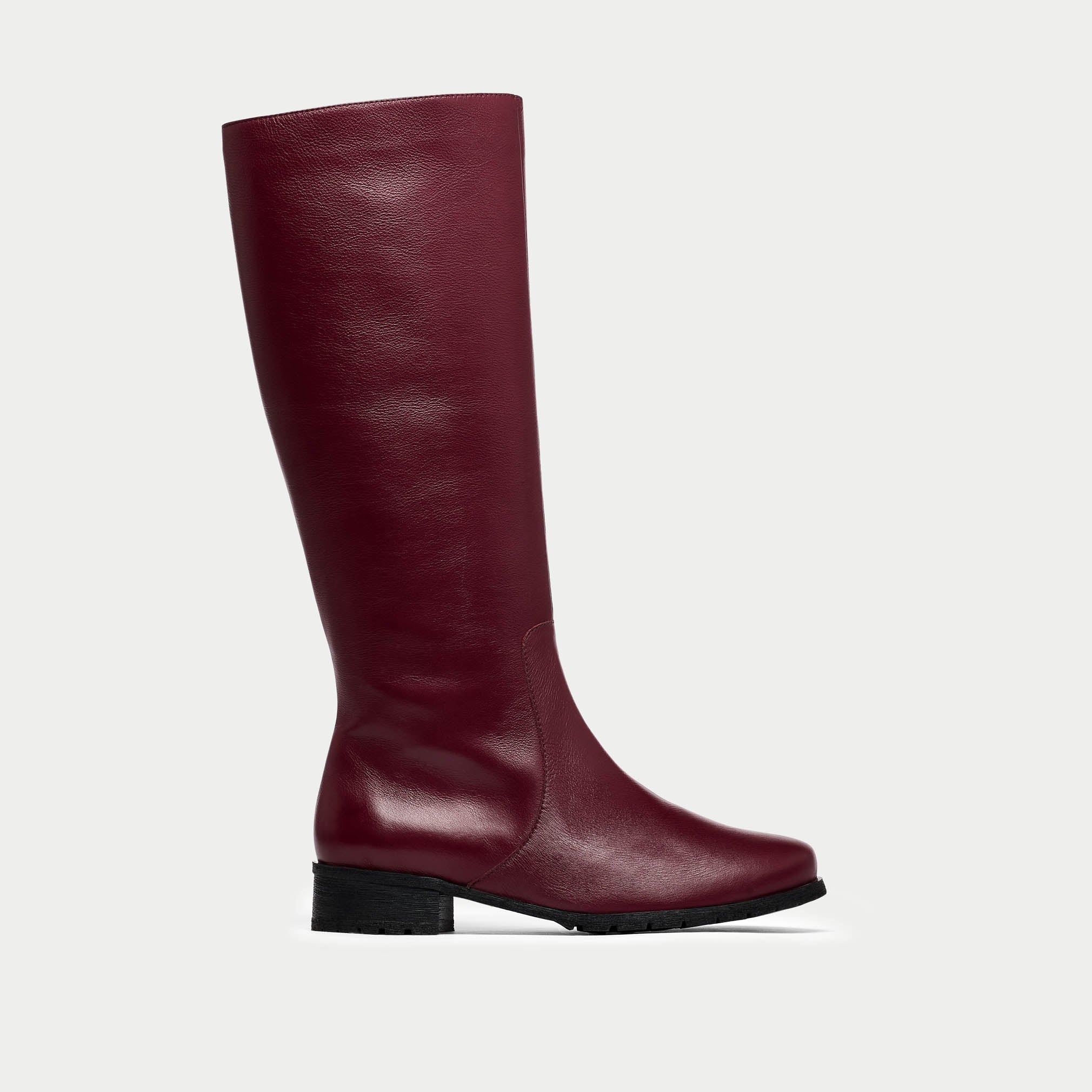
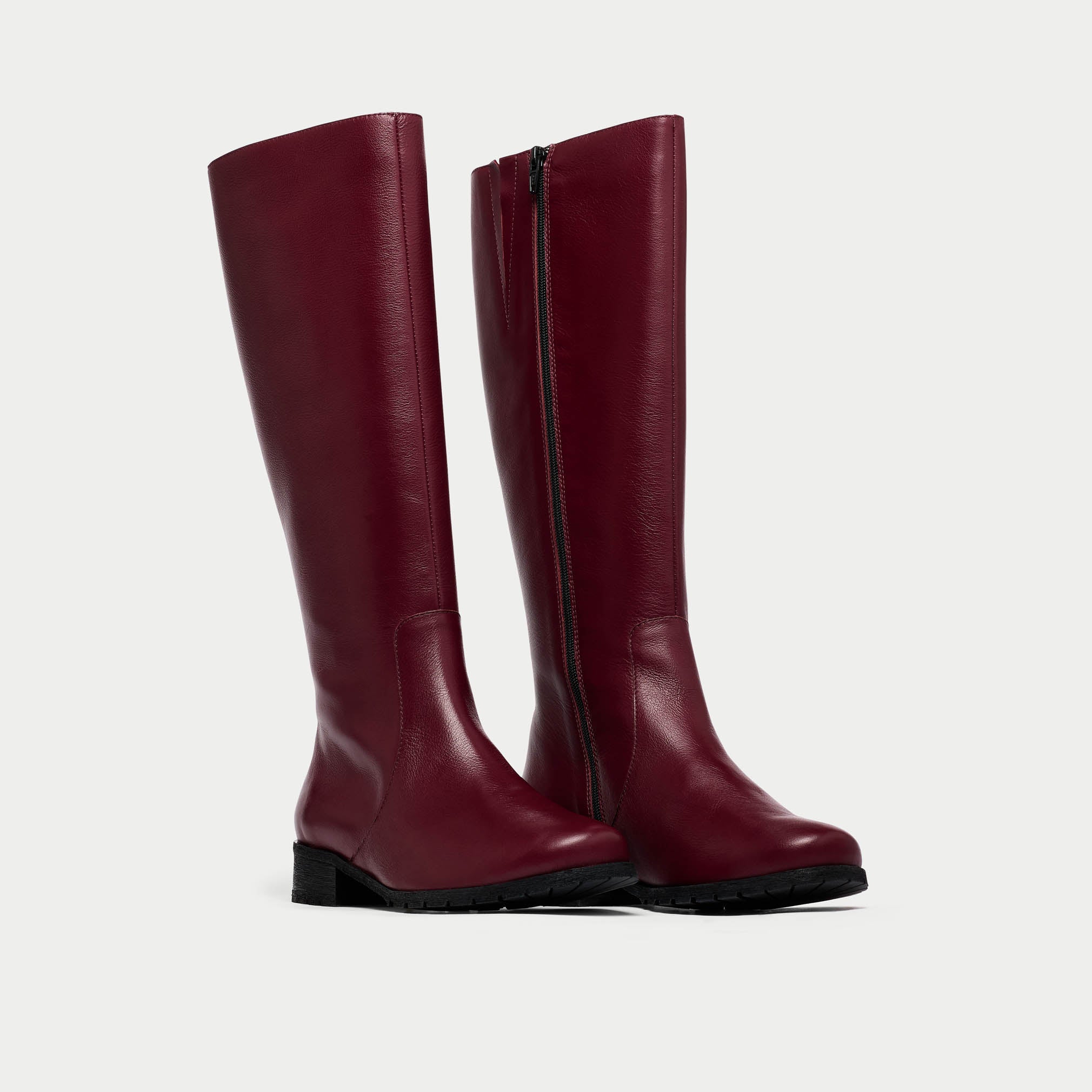
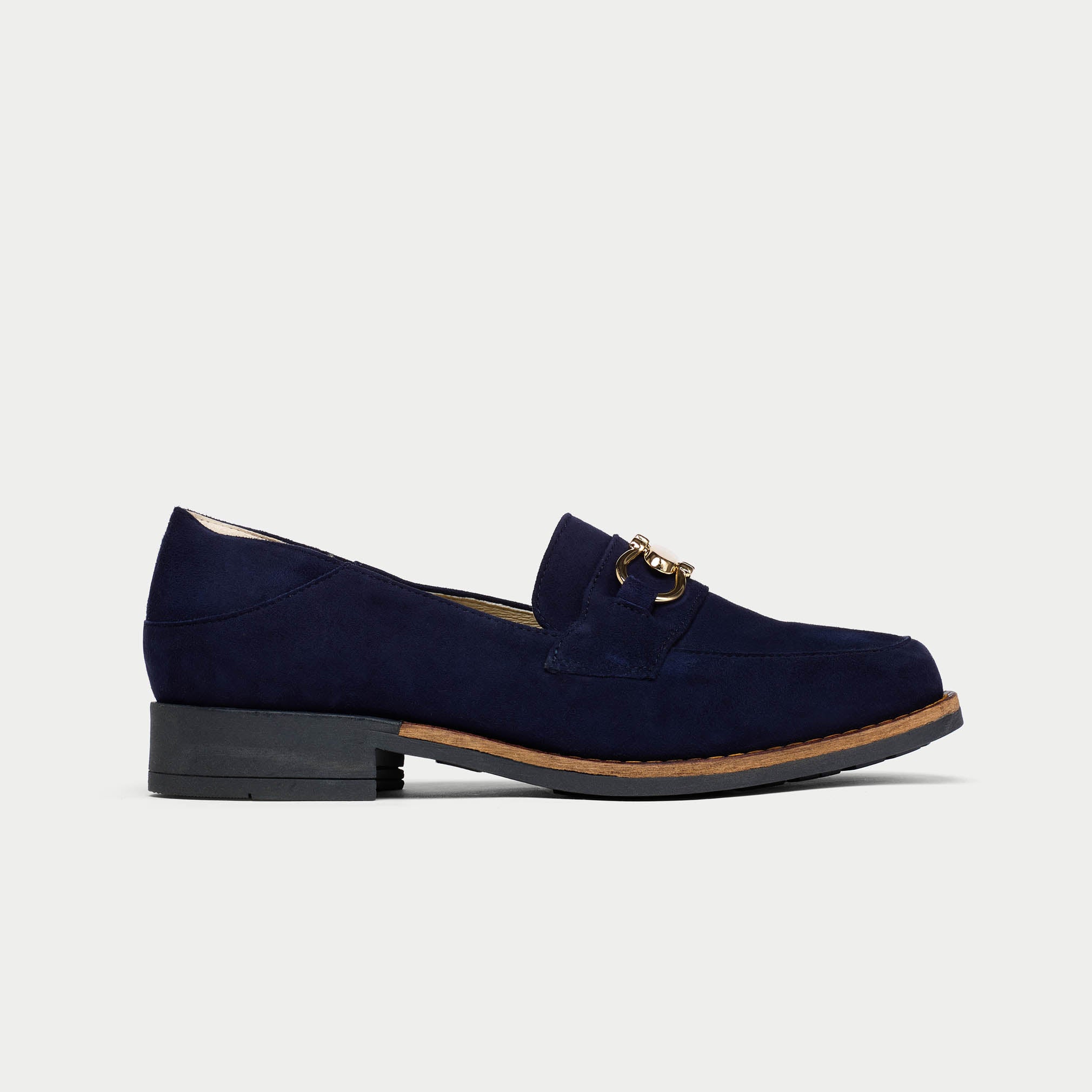
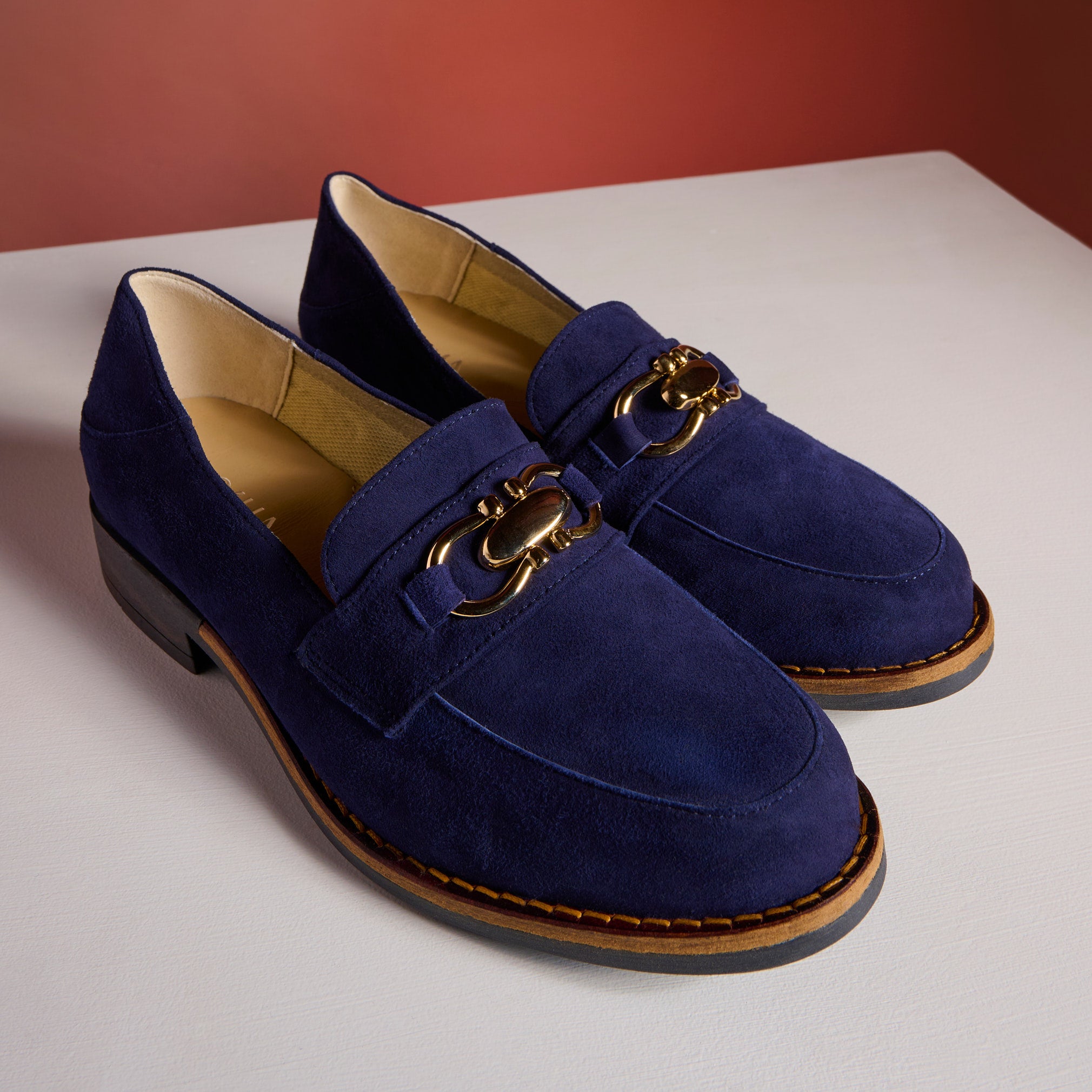
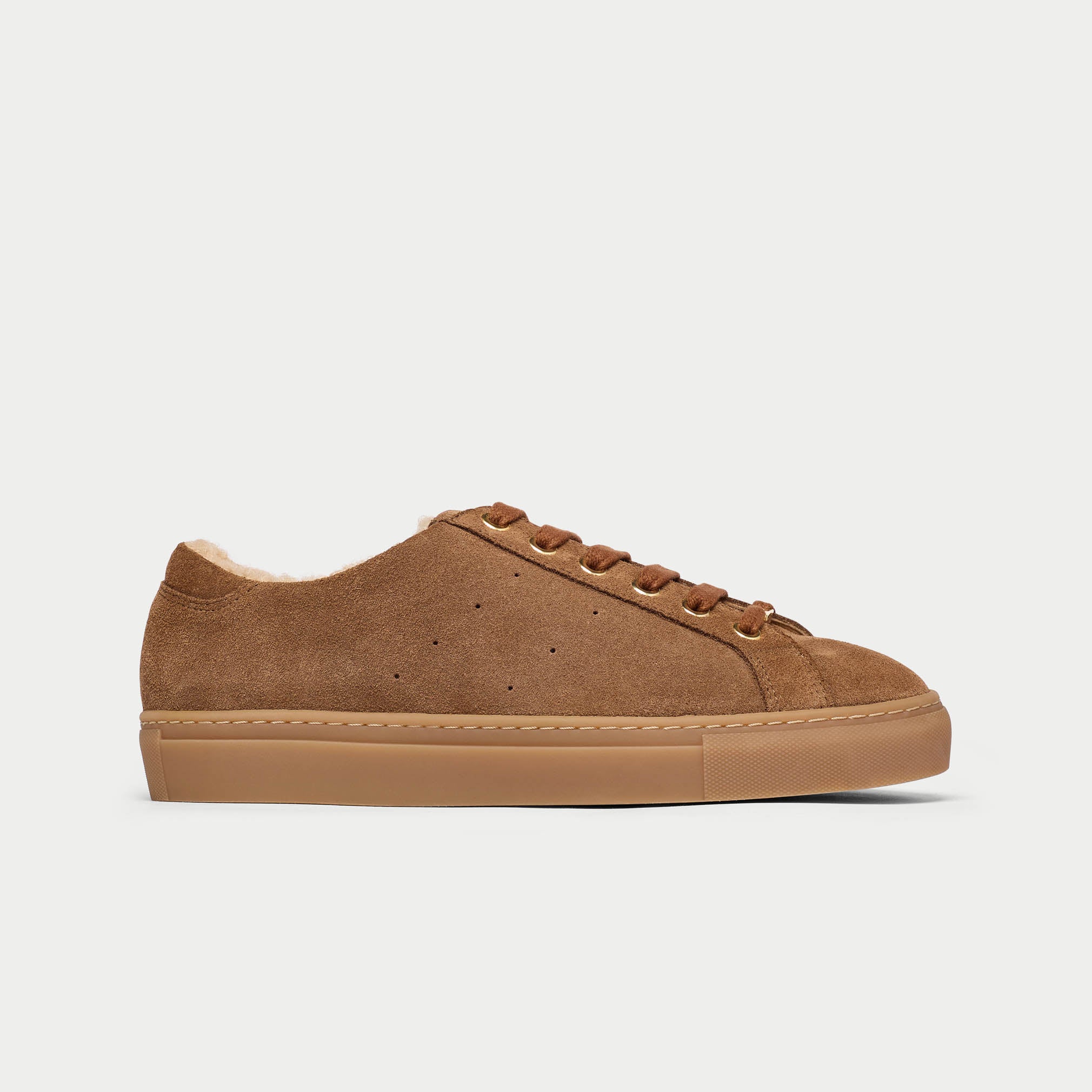
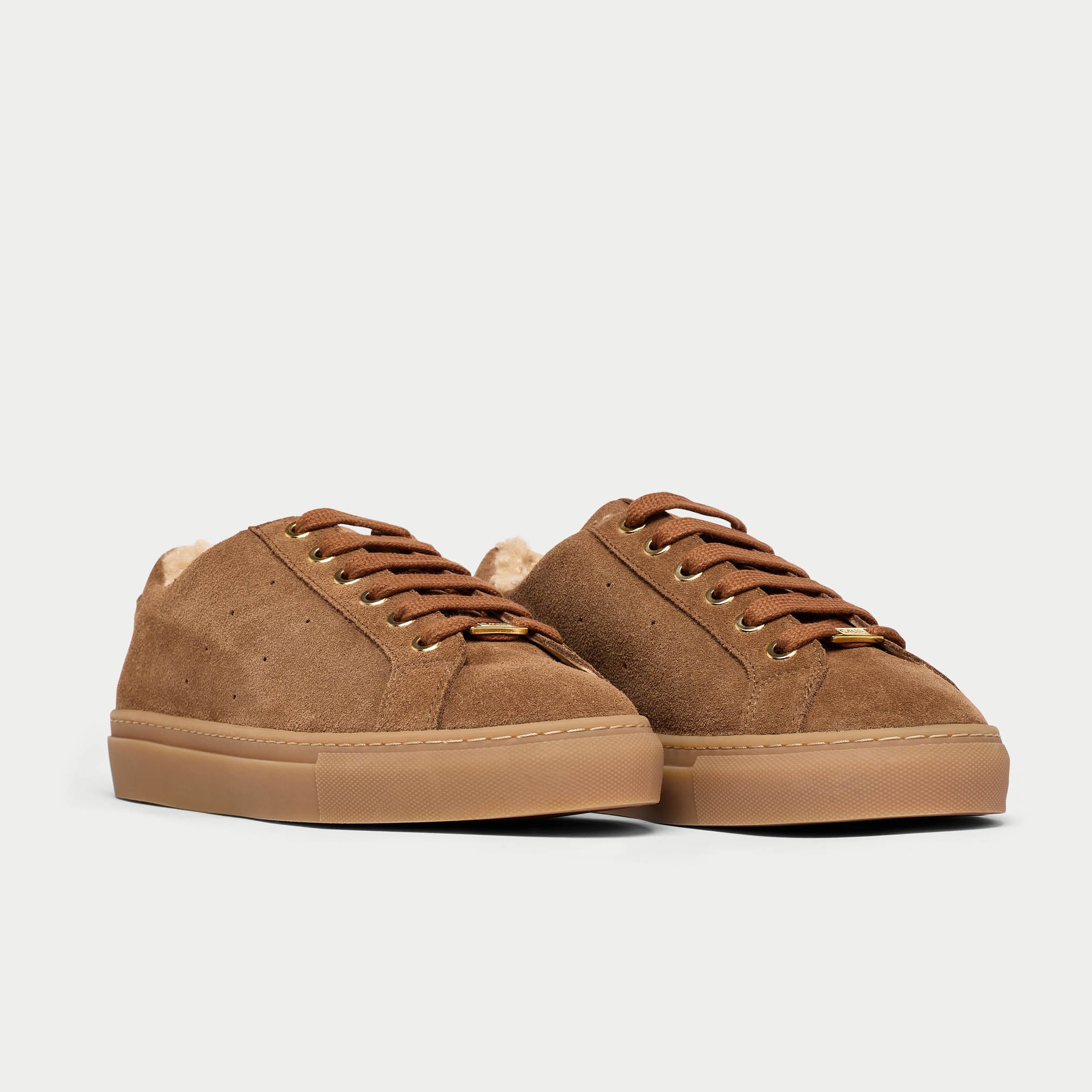
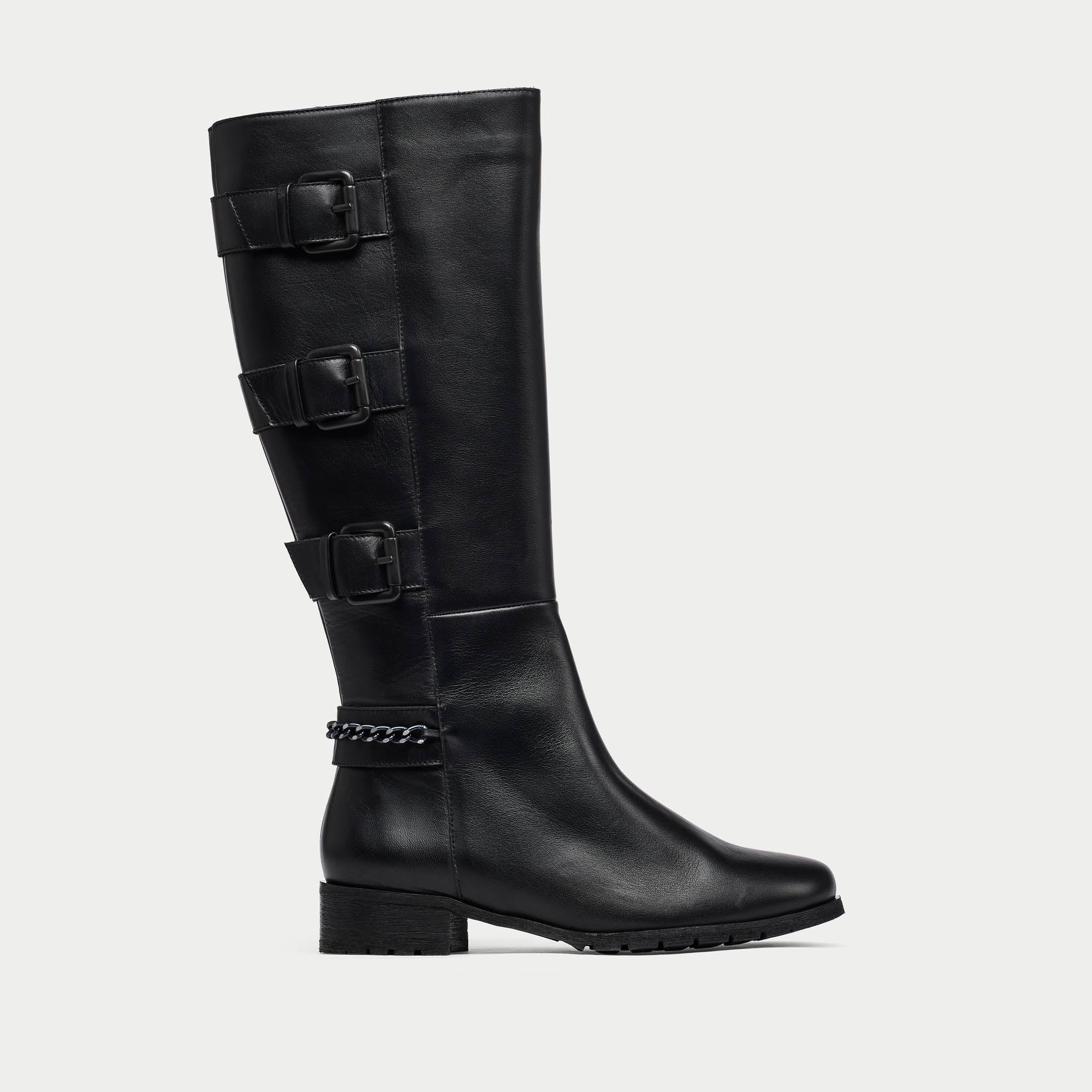
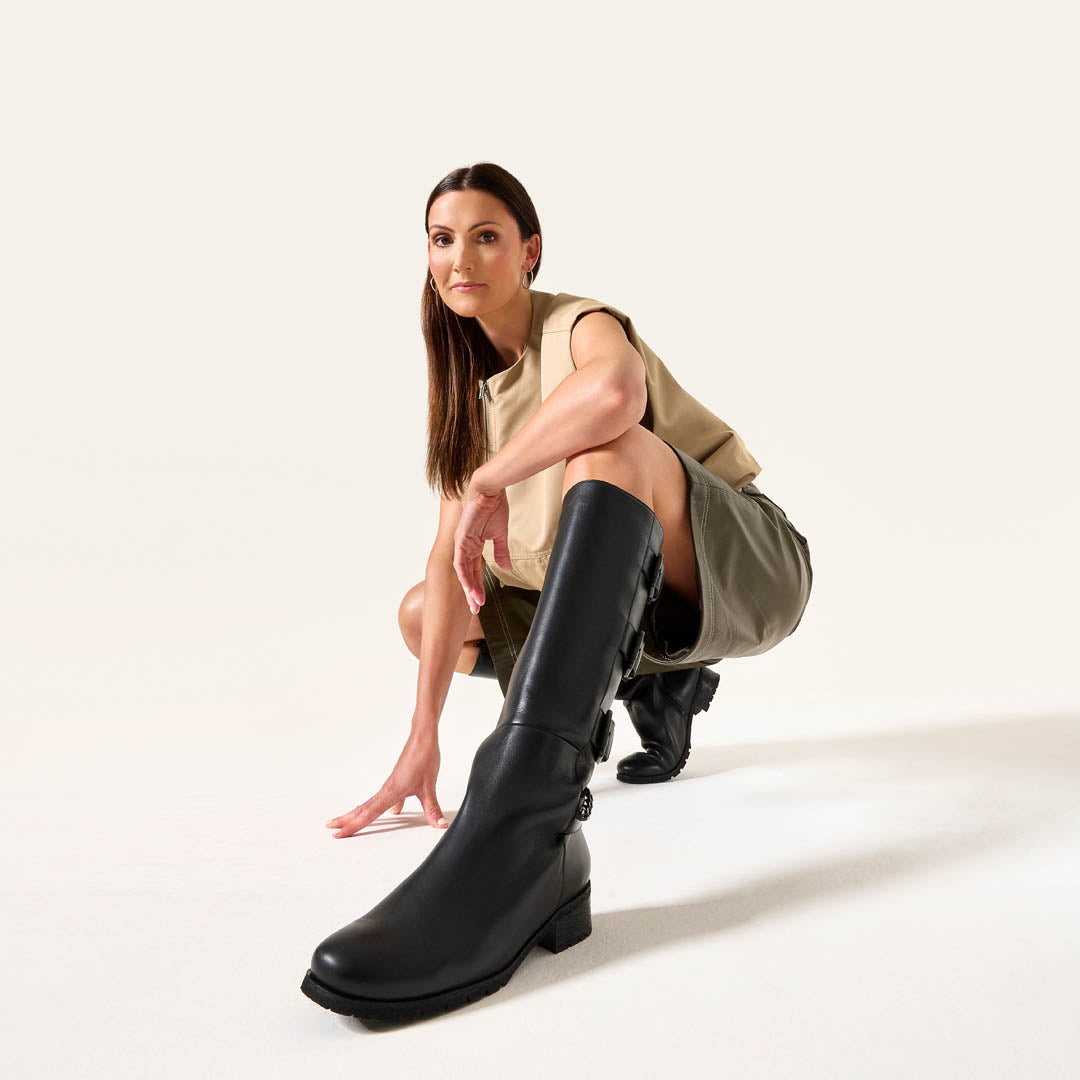
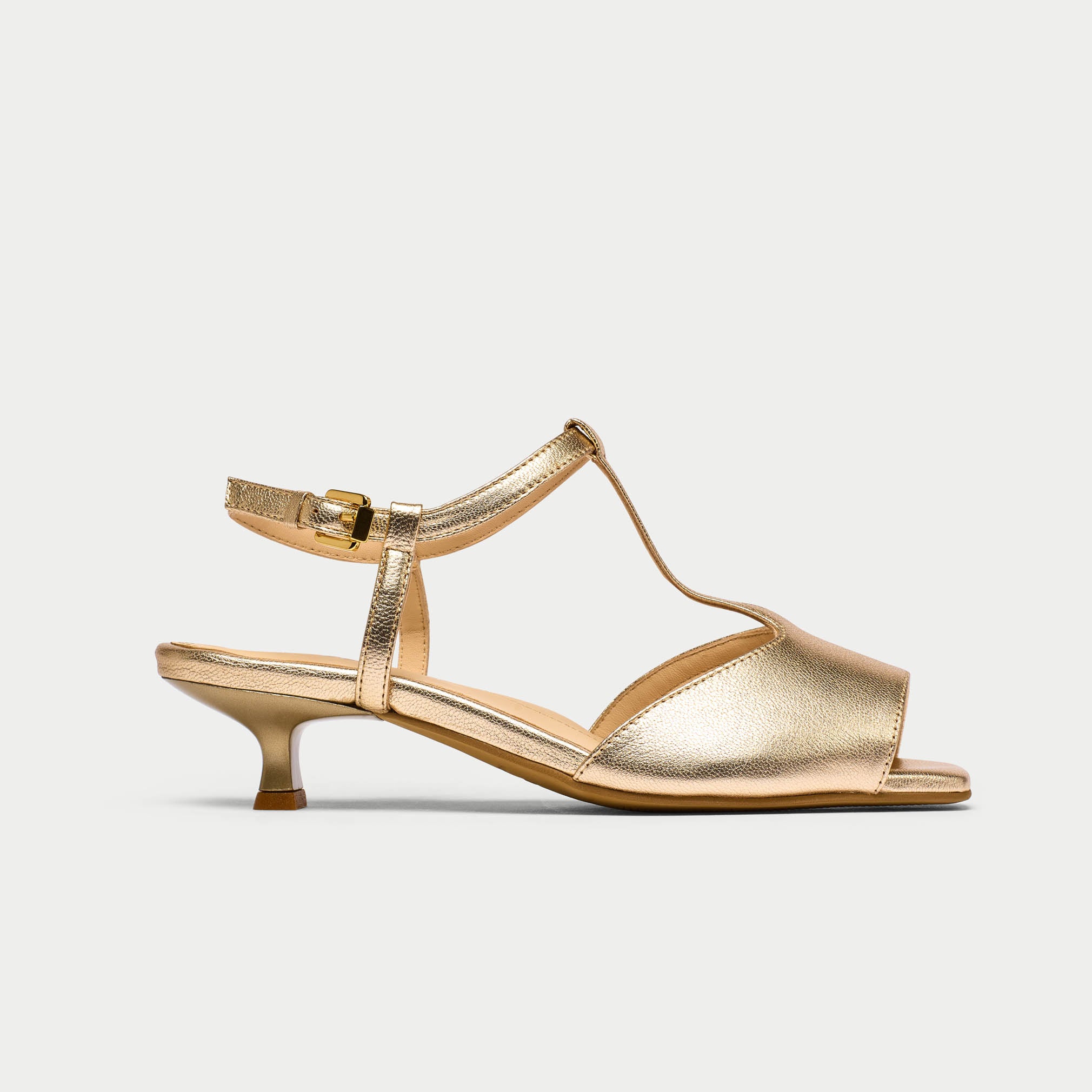
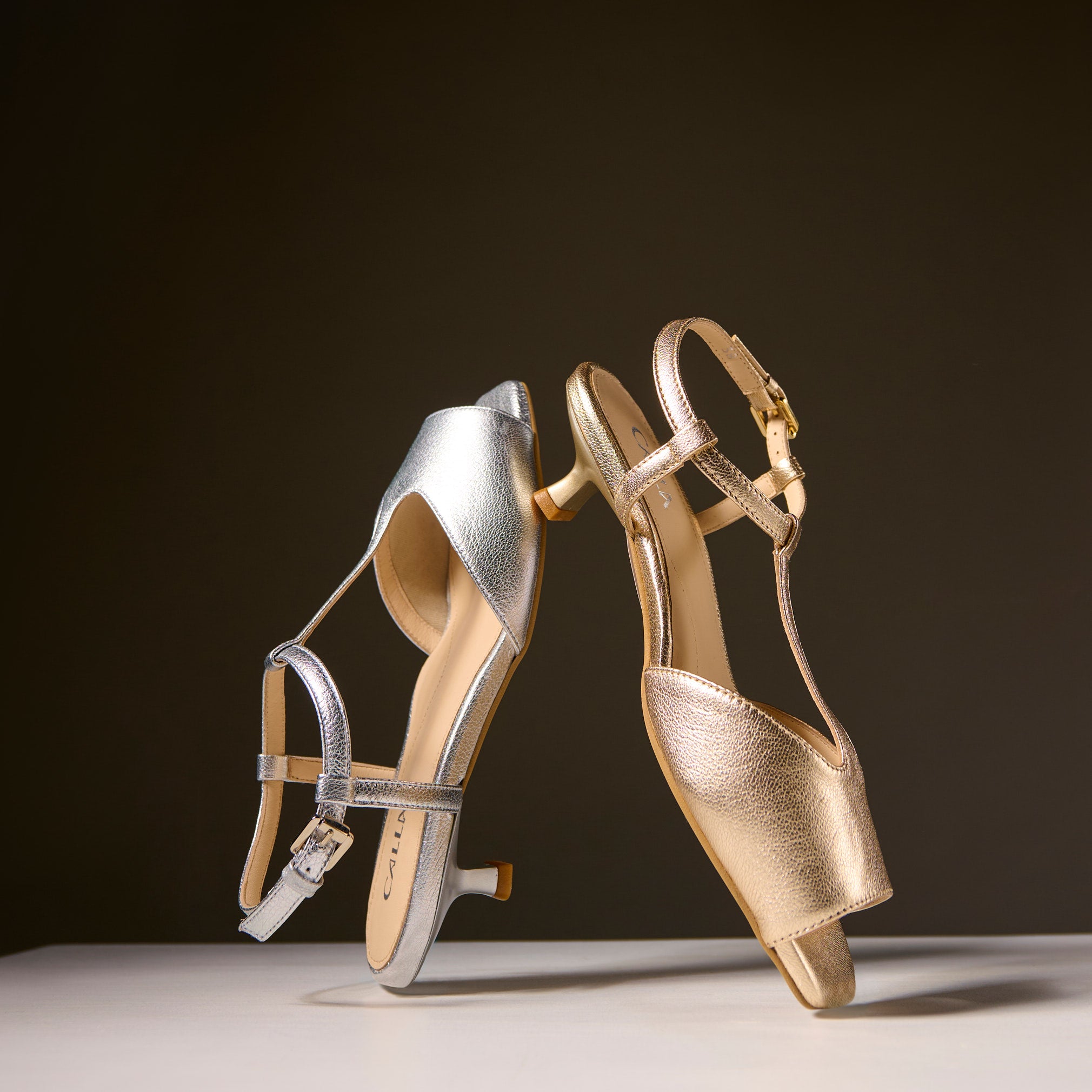
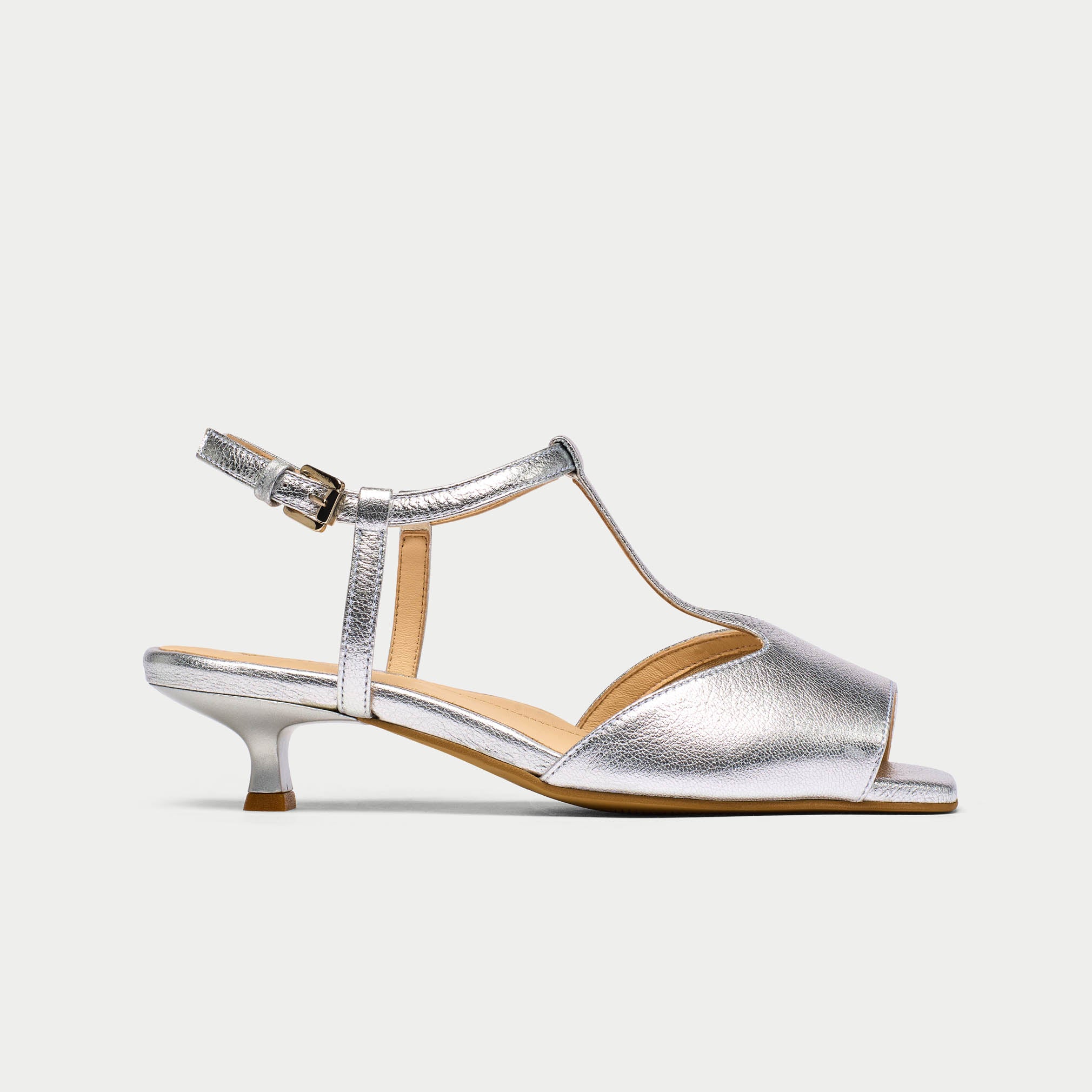
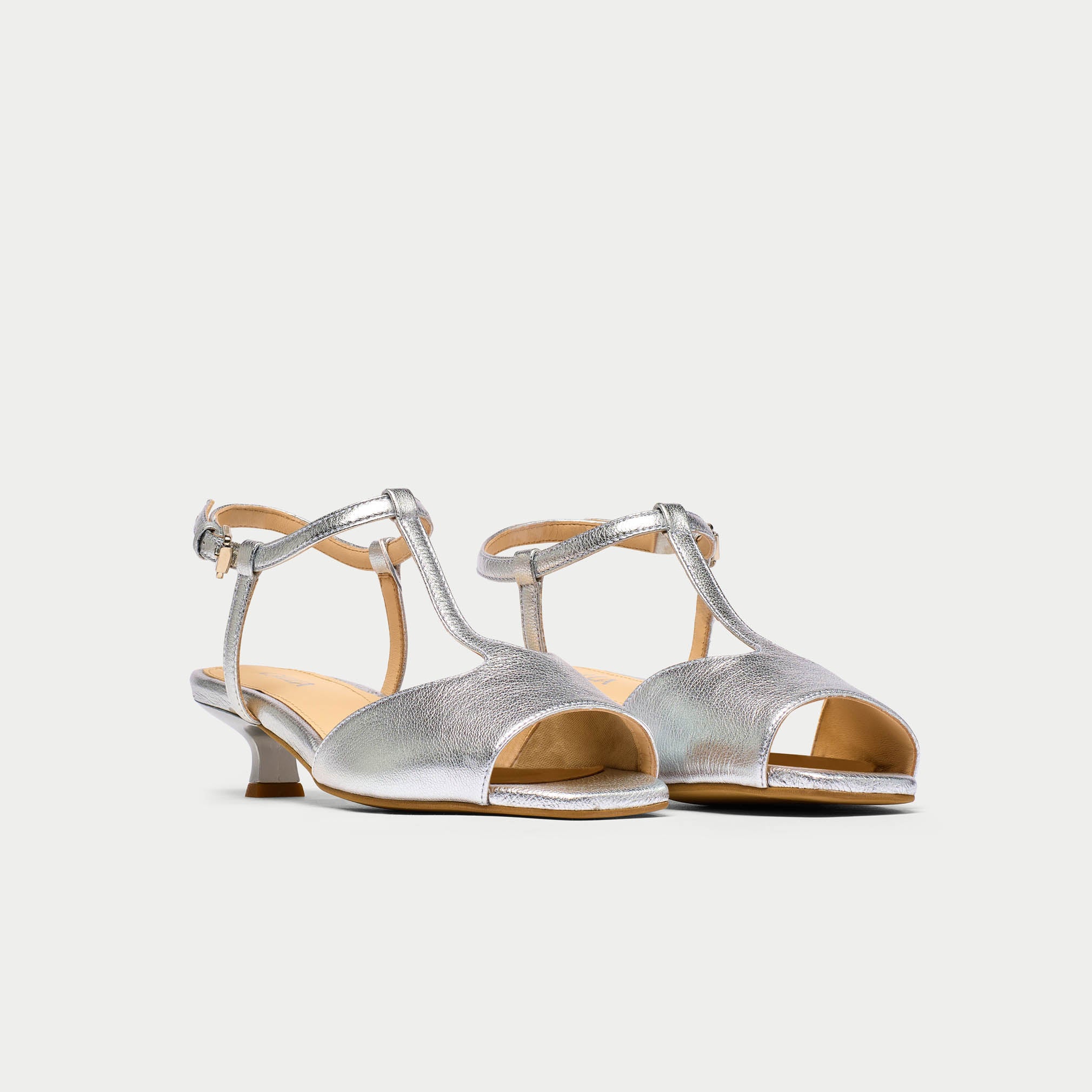
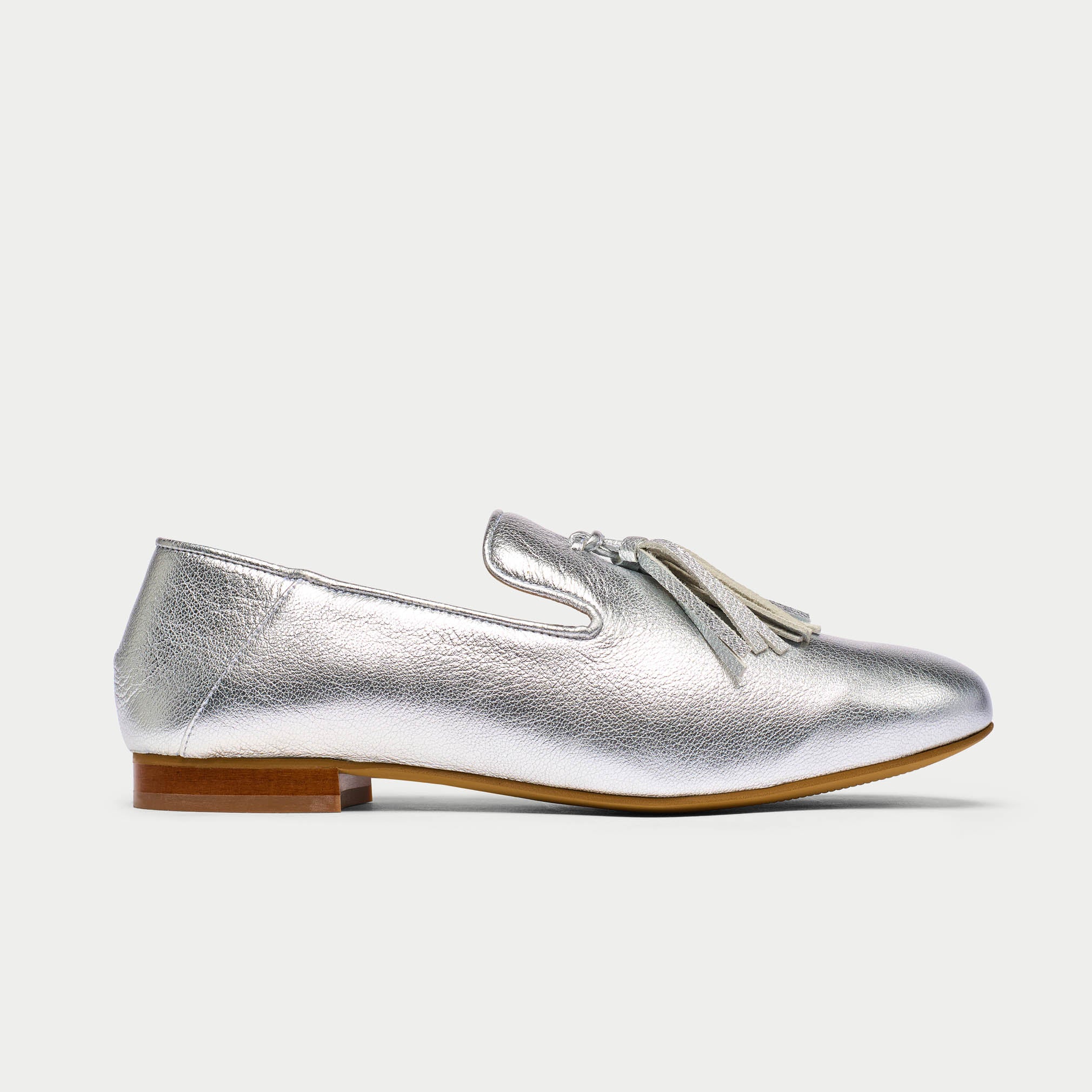
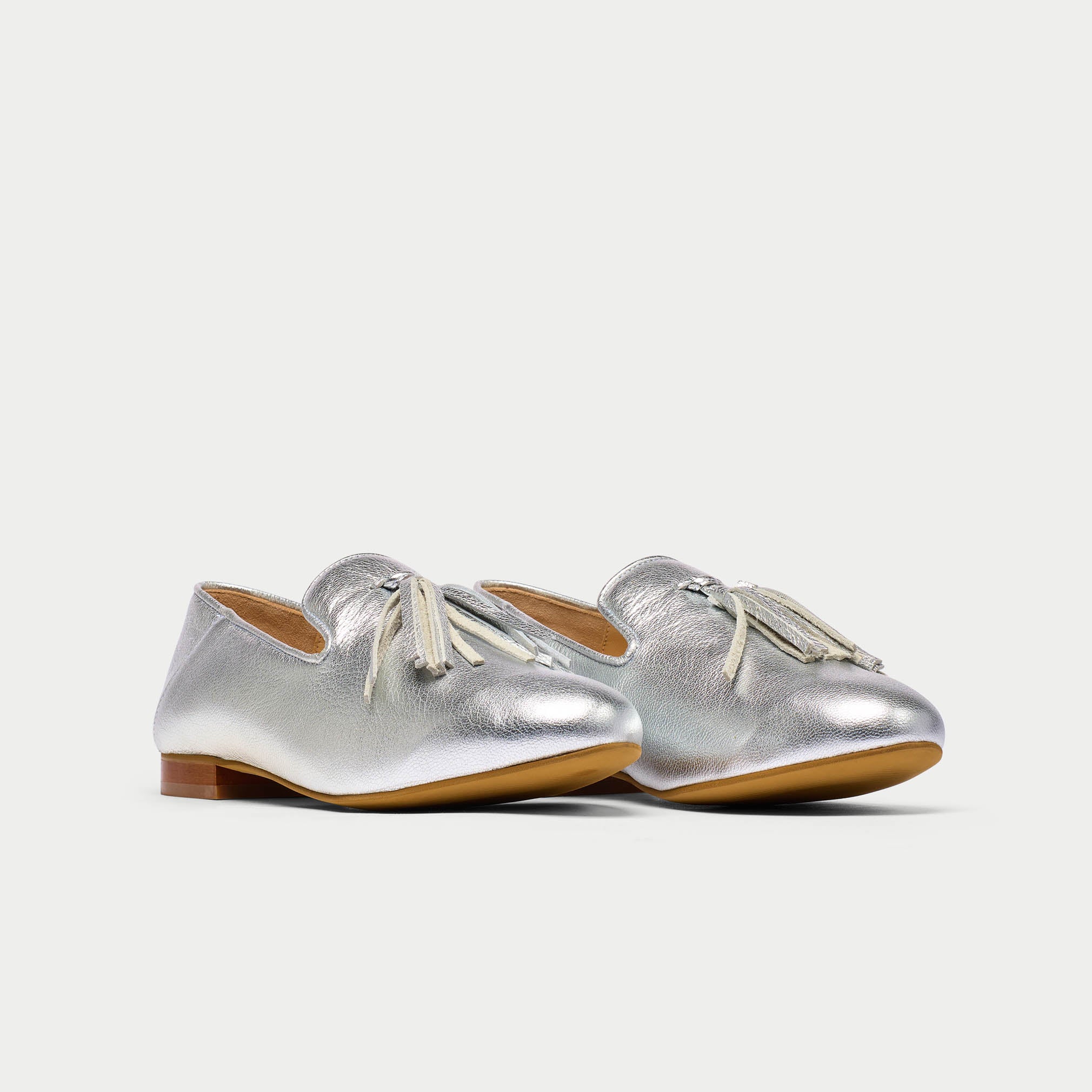
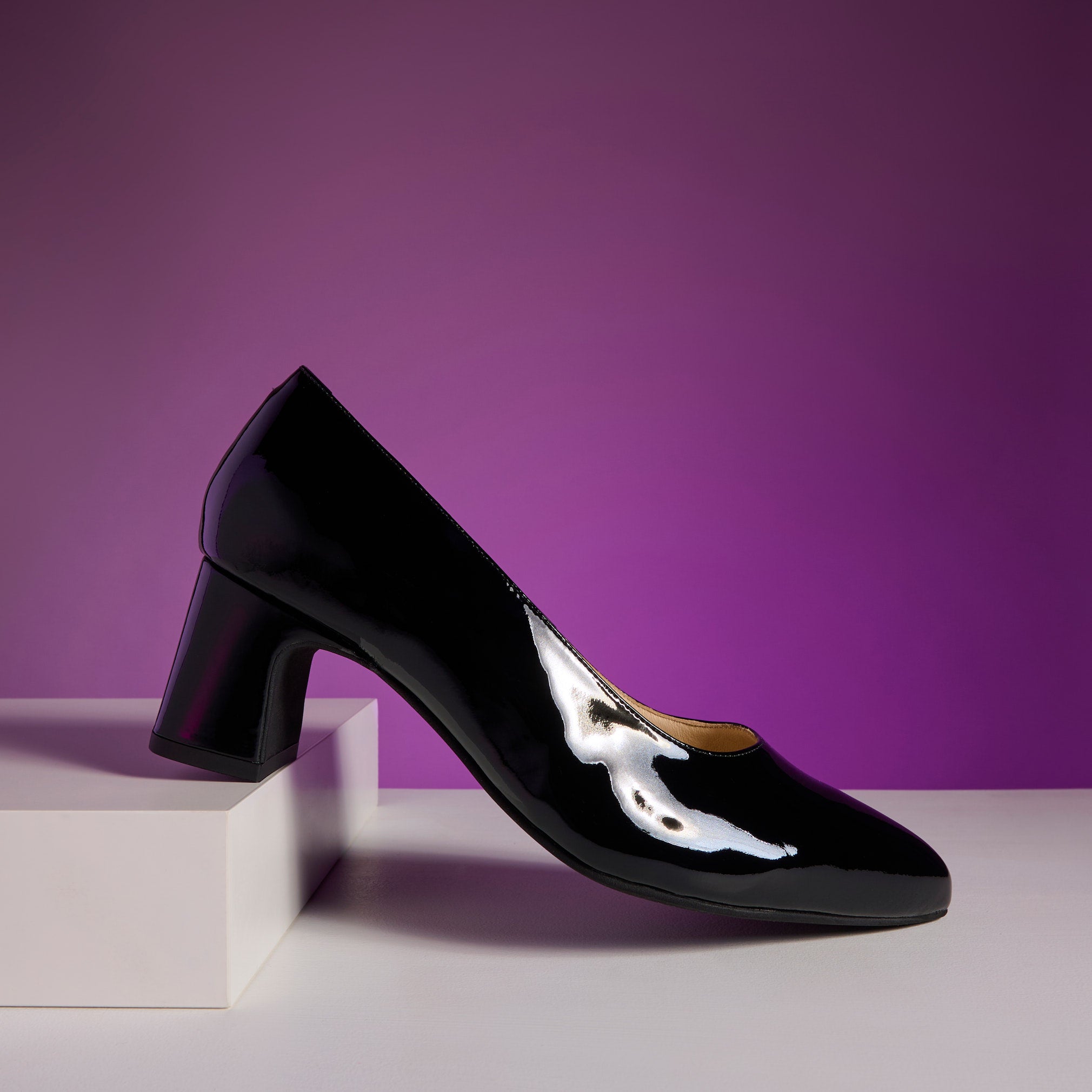
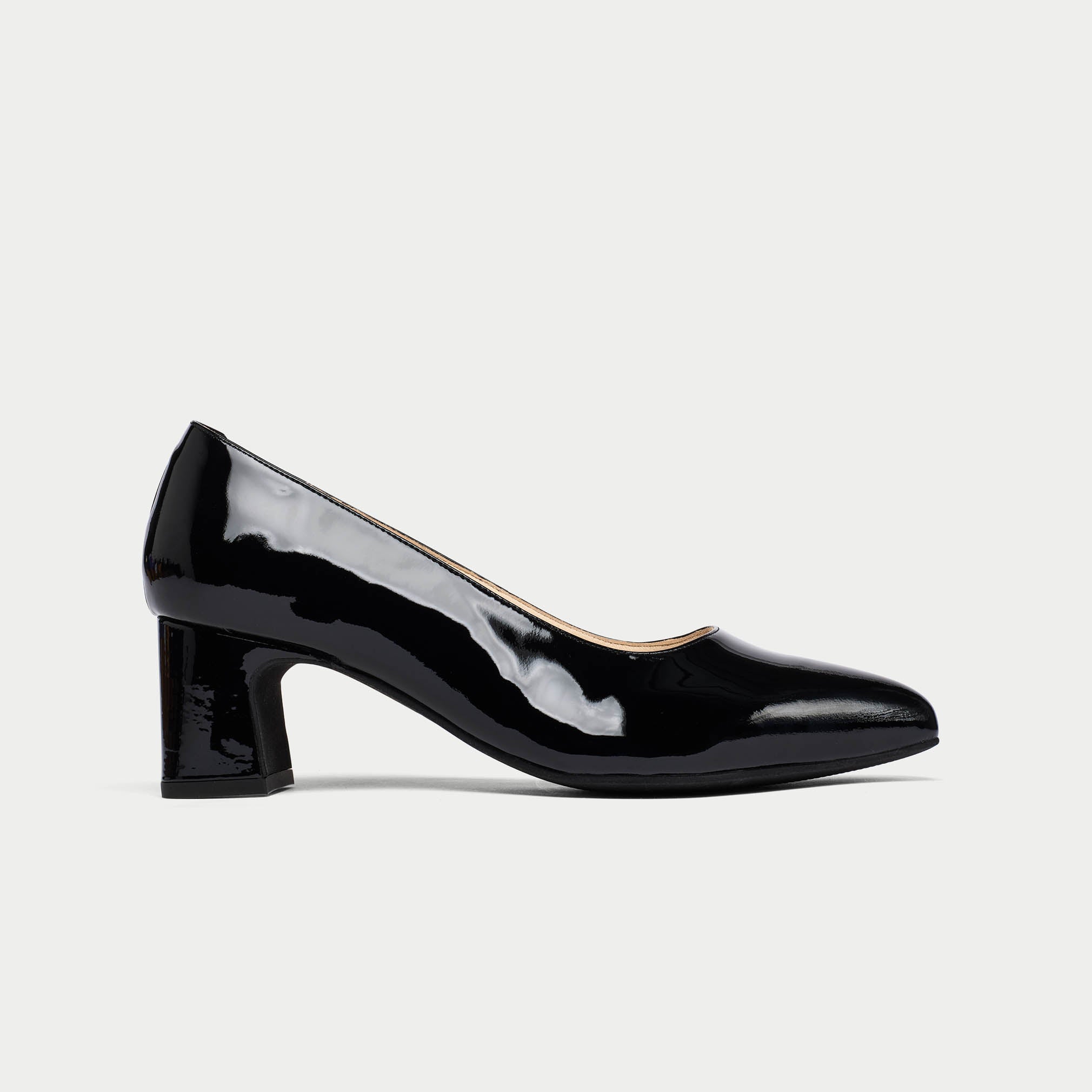
Leave a comment
This site is protected by hCaptcha and the hCaptcha Privacy Policy and Terms of Service apply.